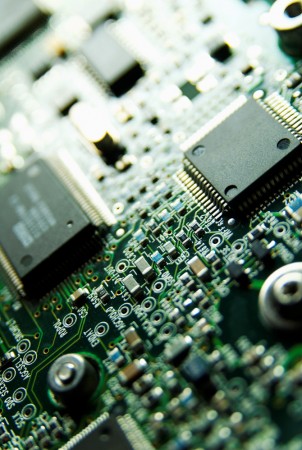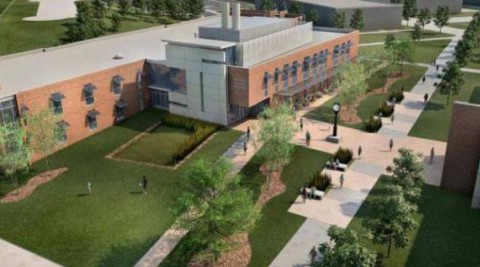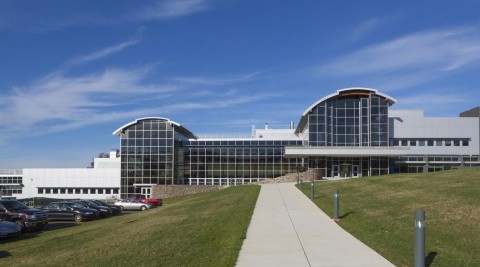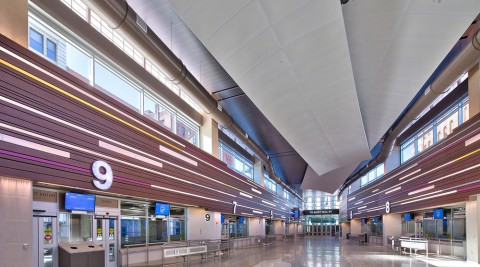Optimizing Energy & IEQ
Welcome to your portal for answers and resources. We welcome your phone call or email:
CONTACT DETAIL
Green buildings are about more than just energy - they're about creating spaces where people can thrive.
For over 15 years we’ve been applying advanced technologies to help commercial buildings achieve both decarbonization and healthy building objectives with:
- Wireless energy efficiency devices and automation platforms
- Save 50-70% compared to wired solutions
- Indoor Air Quality (IAQ) monitoring technologies
- Advanced data analysis, reporting, well-building certifications, & third-party assurance
OUR APPROACH
It starts with a discussion. We want to understand your journey so far and future outlook. Set up a time for a quick chat – Click Here
We work closely with your trusted service providers, consultants, utility incentive providers, and internal leadership teams to drive sustainability by reducing your energy spend (and carbon footprint) and assuring health and well-being in your spaces.
Let’s discuss how we can help.
Smart Sensors
In many cases, the most immediate and high-yielding results come from demand-based control of plug, lighting, and HVAC loads. This means controlling energy at the point of use through effective sensors.
Smart sensor applications require three critical attributes:
- Quality sensors for accurate measurement with low life cycle costs*,
- Efficient integration for control
- The ability to gather information for future improvement, ongoing energy savings, and indoor environmental validation
New energy codes call for demand-based control of energy, yet most buildings are not taking advantage of innovative sensor platforms that optimize savings and information for future improvements. This is where we come in.

Metric Tons of CO² Saved/Year
Sensor Areas Served
Energy/IEQ Reports Generated
Avg Project Payback in Years
Company news
Today’s multiparameter sensor platforms account for both people and pollutants. In addition to just carbon dioxide (CO2) sensing – now [...]
Well, I have to say I am smitten with my new cars’ controls and dashboard. My favorite is the cruise control which automatically slows down when it [...]
With hyper-attention on health and safety in the work space, the use of quality and calibrated sensors to measure key indoor air quality parameters [...]










